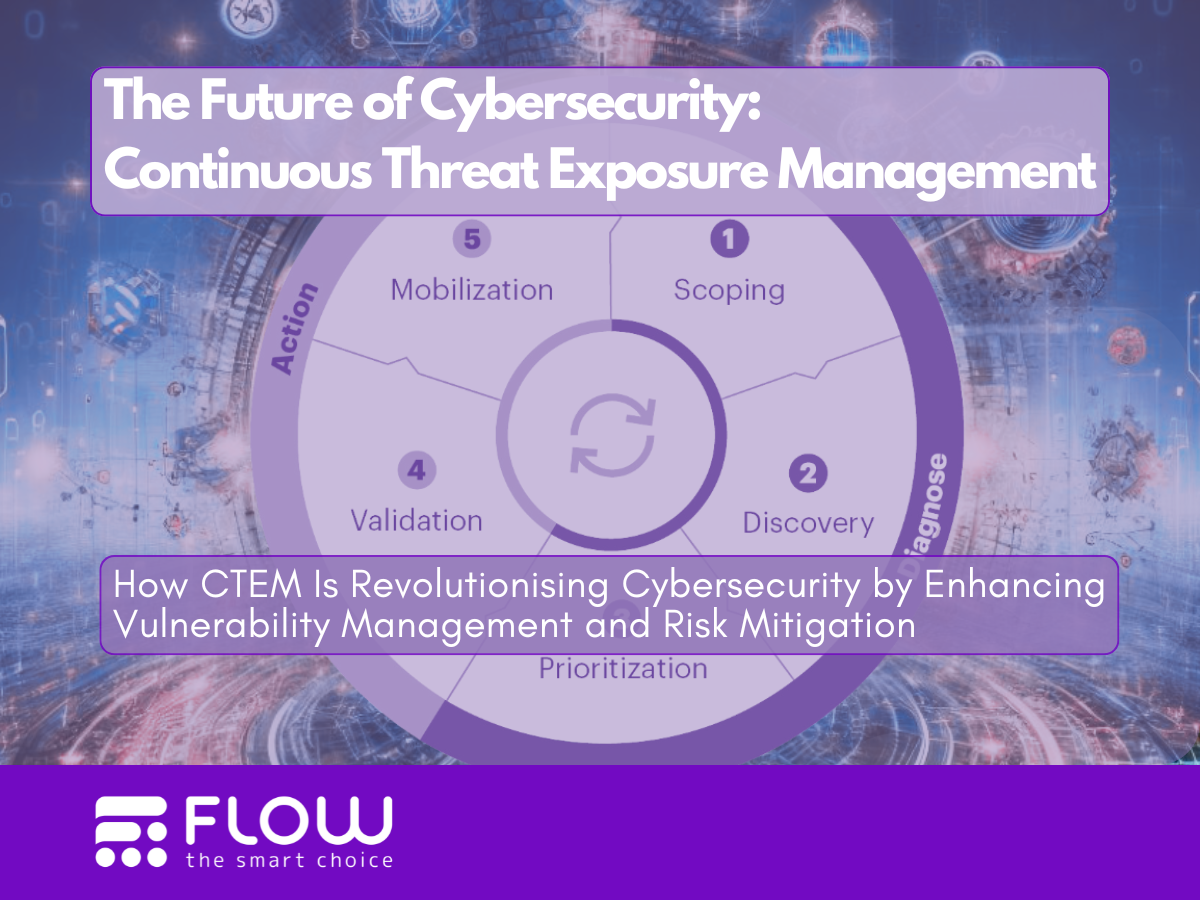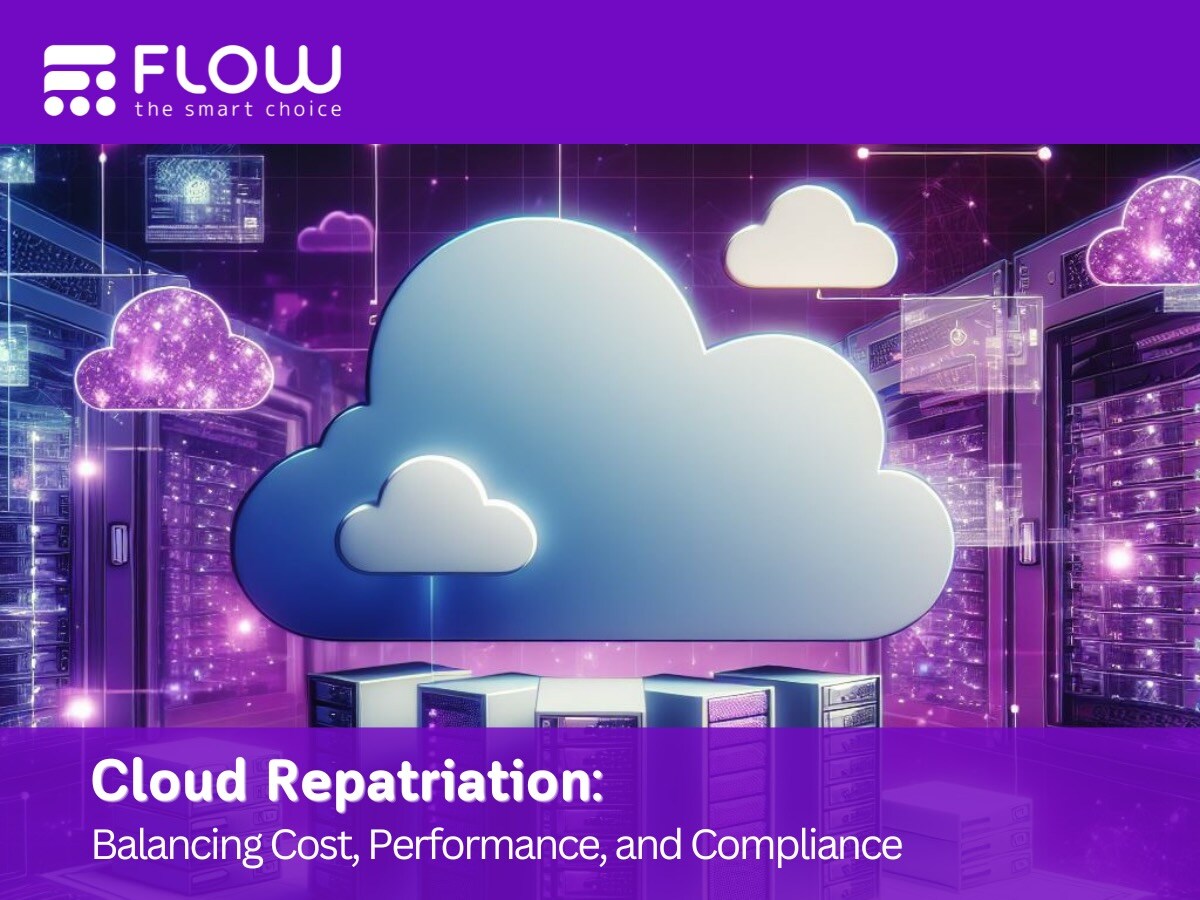Why Continuous Threat Exposure Management (CTEM) is the Next Big Step in Cybersecurity
As cybersecurity threats evolve, traditional vulnerability management falls short. Continuous Threat Exposure Management (CTEM) provides a proactive, comprehensive solution. This post explores how CTEM enhances vulnerability management and risk mitigation.
If you missed our earlier posts, you can catch up on the importance of vulnerability management and understanding CVSS and EPSS scores. These concepts lay the groundwork for how CTEM transforms risk mitigation.
How CTEM Is Revolutionising Cybersecurity by Enhancing Vulnerability Management and Risk Mitigation
CTEM was introduced in the Gartner® report “Implement a Continuous Threat Exposure Management (CTEM) Program,” published on 21 July 2022. The report describes CTEM as a "program that surfaces and actively prioritises whatever most threatens your business.”
It is important to note that the CTEM framework cannot be implemented through a single tool or platform. It is achieved by combining technologies, people, data, controls and processes.
 The CTEM approach comprises five steps spanning the Diagnose and Action areas.
The CTEM approach comprises five steps spanning the Diagnose and Action areas.
Diagnose
- Scoping
Scoping is a vital first step in understanding your organisation's attack surface. It extends beyond the focus of typical vulnerability management programs, covering traditional devices and applications along with less tangible elements like corporate social media, online code repositories, SaaS security posture, and integrated support chains. - Discovery
The discovery process should focus on areas of the business that were identified during scoping. This should identify visible and hidden assets, vulnerabilities, misconfiguration, and other risks. - Prioritisation
The goal here is to factor in urgency, security, availability of compensation controls, tolerance for residual attack surface, and the level of risk posed to the organisation. Identifying the business's high-value assets and focusing on the plan to remediate them is key.
Action
- Validation
This is a crucial step that makes this approach stand out. We don’t just take our initial prioritisation in isolation. We go further and validate that the vulnerability can be exploited. To do this, we need to analyse potential attack pathways to the vulnerable asset(s), verifying the effectiveness of the detection and subsequent response and remediation processes. - Mobilisation
We can now begin mobilising the required teams to operationalise the CTEM findings. Remediation can be done through automated tools or manual effort by security teams or other business stakeholders.
“By 2026, organisations prioritising their security investments, based on a continuous threat exposure management program, will realise a two-third reduction in breaches”.
Gartner Top Strategic Technology Trends for 2024: Continuous Threat Exposure Management, Published 16 October 2023
Adopting a CTEM approach provides organisations with a proactive and continuous risk mitigation process. This helps them stay ahead of the ever-evolving cybersecurity landscape and mobilise promptly to emerging risks.
Though enriching discovered vulnerabilities with business context and validated attack paths, organisations can focus on their most significant threats, optimise their resources to mitigate them, and ultimately maximise the effectiveness of these efforts.
Taking a more holistic approach to the discovery of risks beyond vulnerability scanning alone, including cloud misconfiguration, SaaS security posture, and security identities, provides a comprehensive approach to assessing an organisation’s overall security posture.
Tomorrow, we’ll explore our preferred CTEM-aligned solution, offering comprehensive visibility, prioritisation, and remediation to enhance your security strategy.
Having Trouble Prioritising Cyber Threats?
We’re Here to Help!
Click below to connect with us and discover how to implement a comprehensive CTEM strategy, ensuring your organisation stays ahead of the most critical vulnerabilities."





